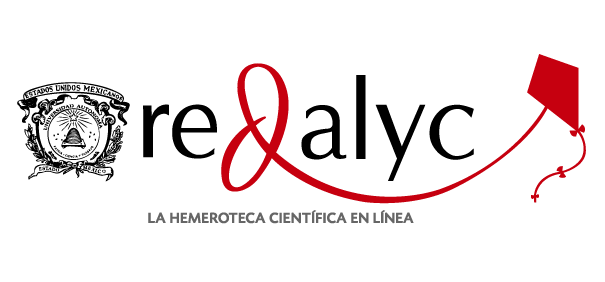Maturidade empresarial impacta risco idiossincrático?
DOI:
https://doi.org/10.12712/rpca.v14i2.40106Resumen
Este estudo tem por objetivo averiguar se os estágios do ciclo de vida das empresas brasileiras influenciam a volatilidade idiossincrática das mesmas. Utilizam-se como estimadores o CAPM (Capital Asset Pricing Model) proposto por Assaf Neto, Lima e Araújo (2006) para a volatilidade idiossincrática, e Dickinson (2011) para as fases do ciclo de vida das empresas. Os resultados demonstram que a volatilidade idiossincrática é menor nas fases de crescimento e de maturidade, indicando que a identificação do ciclo de vida que determinada empresa pertence é importante para a manutenção de investimentos menos arriscados.
Descargas
Descargas
Publicado
Número
Sección
Licencia
Os autores mantêm os direitos autorais e concedem à revista o direito de primeira publicação, com o trabalho simultaneamente licenciado sob a Creative Commons Attribution License, permitindo o compartilhamento do trabalho com reconhecimento da autoria e publicação inicial nesta revista.
A Revista usa o CC BY. Essa licença permite que outras pessoas distribuam, remixem, adaptem e desenvolvam seu trabalho, mesmo comercialmente, desde que sejam creditadas pela criação original. Essa é a licença mais flexível oferecida. Recomendado para máxima disseminação e uso de materiais licenciados.
Os autores têm autorização para assumir contratos adicionais separadamente, para distribuição não-exclusiva da versão do trabalho publicada nesta revista (ex.: publicar em repositório institucional ou como capítulo de livro), sempre com reconhecimento de autoria e publicação inicial nesta revista.
A Revista ulitiliza o DOI (Digital Object Identifier ) desde 2007 O DOI com a finalidade de autenticar cada artigo, portanto seu conteúdo digital.


